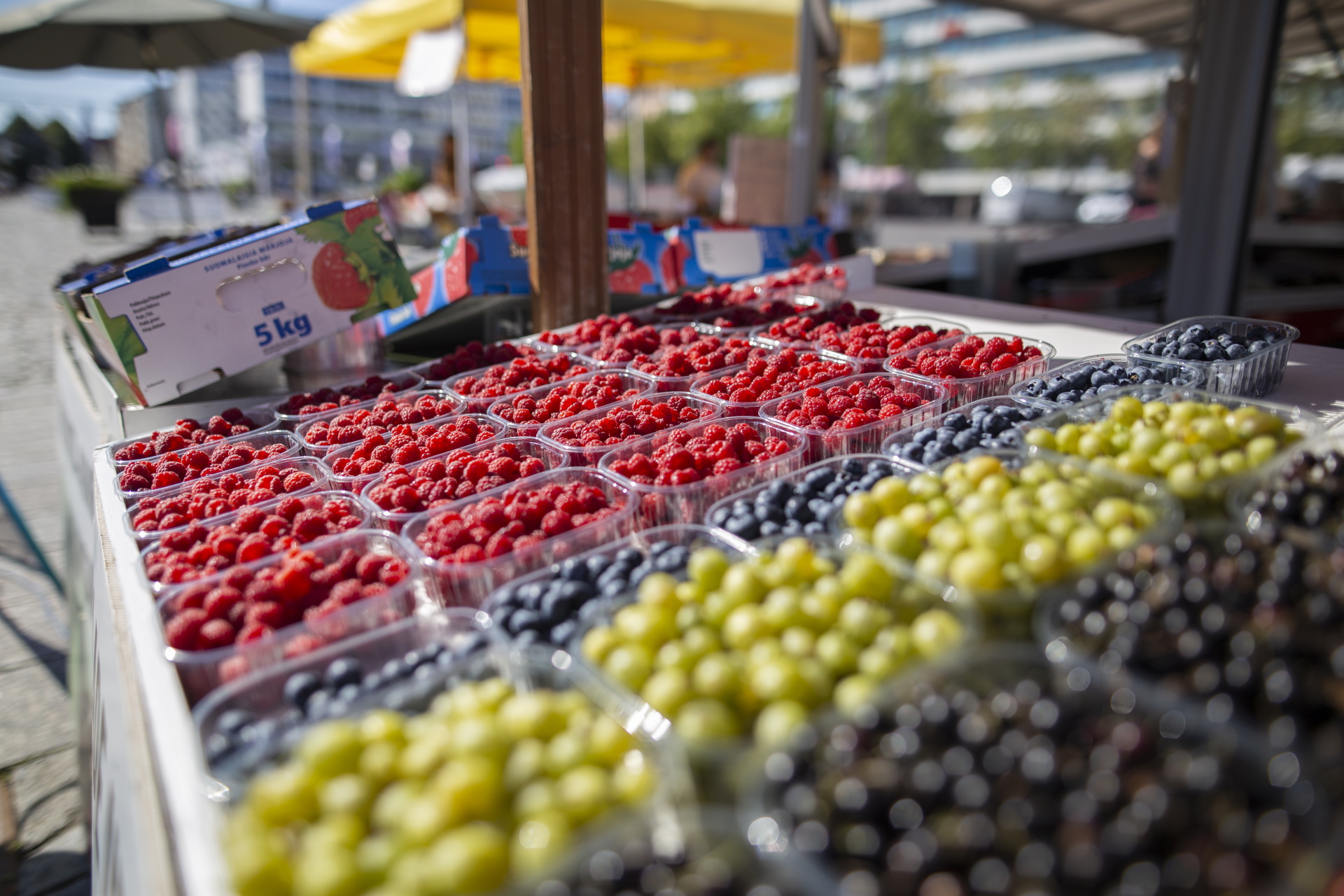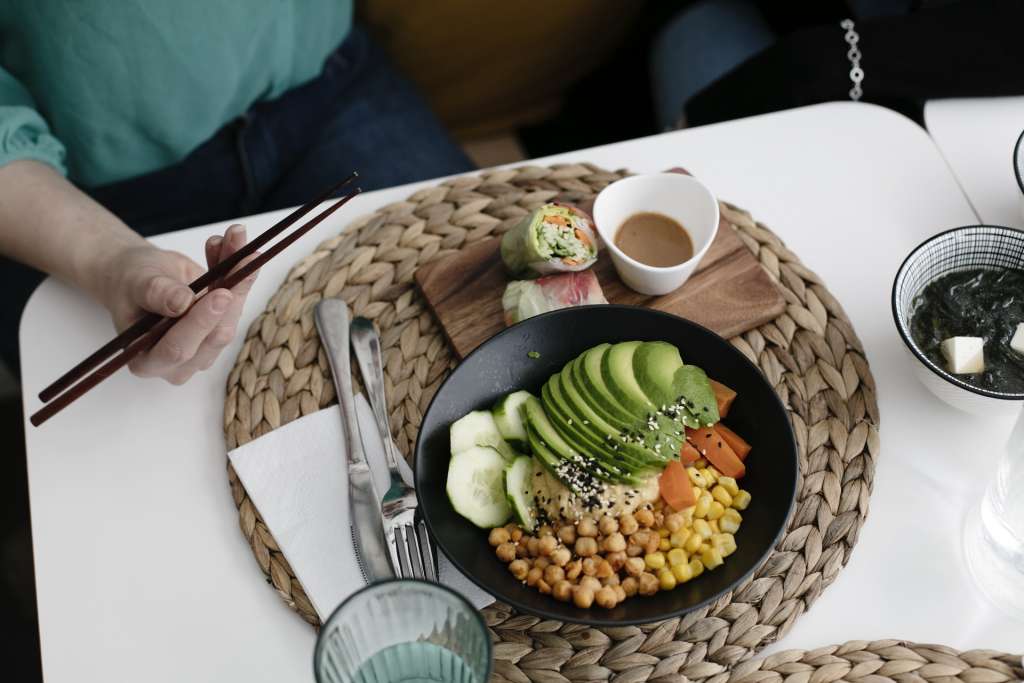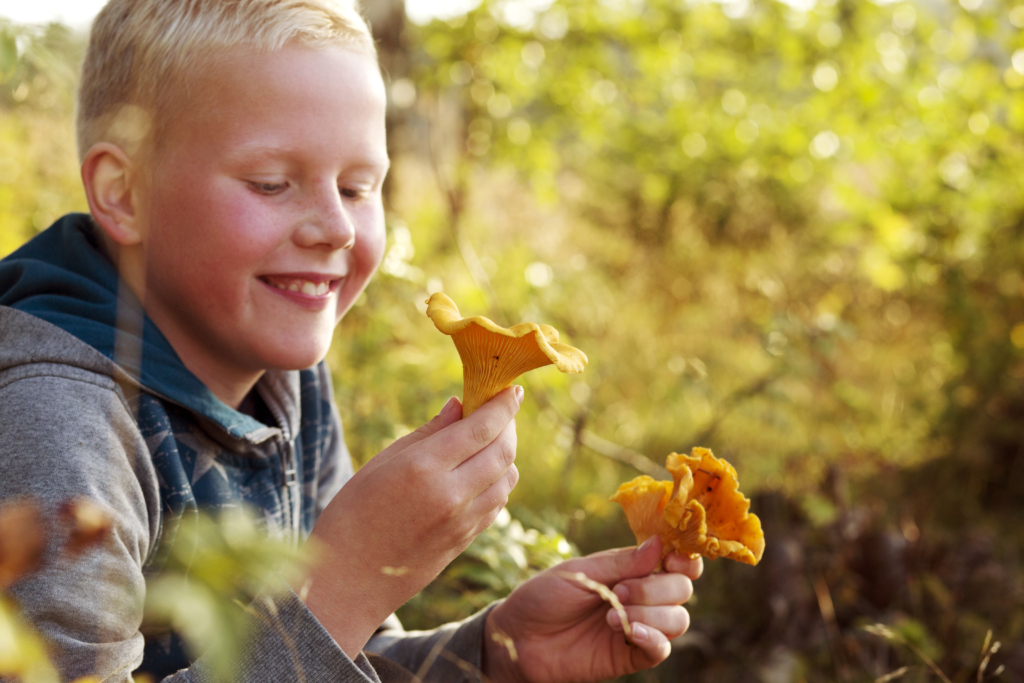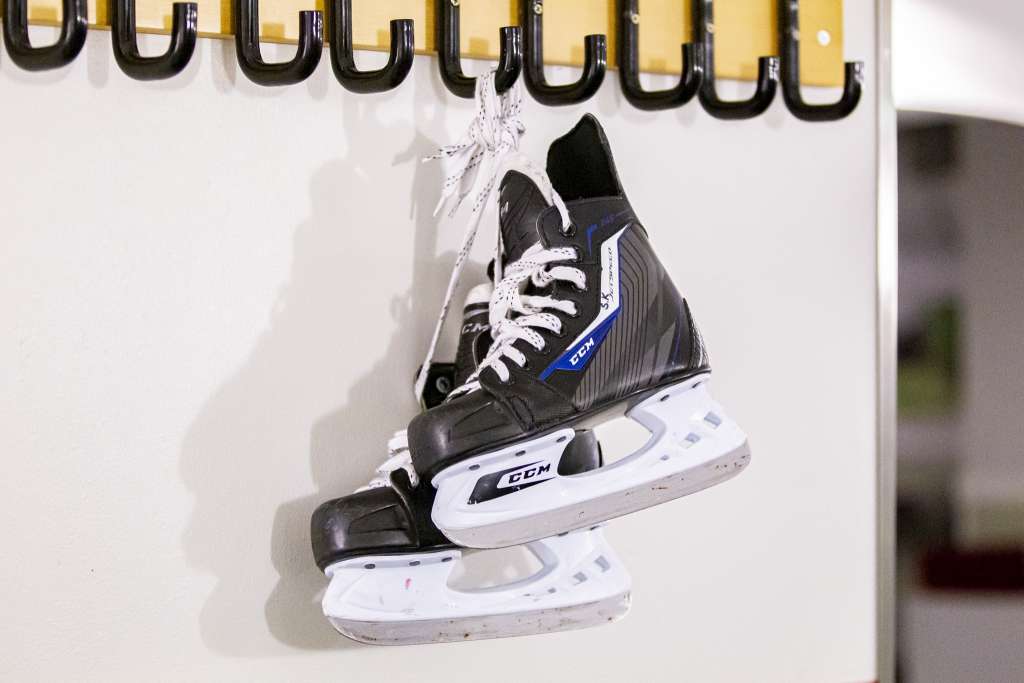Consume more sustainably
Goods, services, and food account for approximately half of the average Finn’s carbon footprint. Therefore, sustainable choices have a significant impact on everyday consumption! When considering sustainability, it’s important to reflect on food choices, purchases, and the use of services.
Have you considered your consumption of food and goods from a sustainability perspective? Even small changes can have a big impact on both the environment and your personal finances.
Food consumption
Reduce waste
Food waste refers to edible food that ends up as waste due to expiration or surplus. In Finland, it’s estimated that each person generates over 20 kilograms of food waste annually (according to the “Saa syödä!” website, in Finnish). Food thrown away not only harms the environment but also your wallet.
Tips for reducing food waste
- Plan your food purchases and meals in advance: Creating a weekly meal plan can help reduce unnecessary purchases.
- Store properly: Store food correctly and at the right temperature.
- Check expiration dates: on products bought from the store. Do you know the difference between the “best before” and “use by” dates?
- Cook with ingredients you already have: You don’t always need to buy more food. Enter the ingredients in the “Saa syödä!” recipe search (in Finnish) and find out what you can make with them. Leftovers can also be used to create new dishes!
More responsible food choices
Responsible food refers to food choices that aim to reduce the environmental impact of food production and promote sustainable development. There are many ways to eat more responsibly, no matter what your preferred diet is.
Tips for a More Responsible Diet
- Consider plant-based options: Meat products, especially red meat, and dairy products have a greater impact on the climate and water resources. Maybe you could try occasional meatless days or reduce your consumption of red meat and dairy products.
- Sustainable fish is a better option: Locally produced and caught fish, fish from sustainable stocks, and certified fish are more responsible and lower-emission choices.
- Choose seasonal and local products: It’s best to eat vegetables, berries, and fruits in their harvest season and, when possible, locally produced. The carbon footprint of domestic products is often smaller than that of imported goods.
Read more about sustainable diets on the Ympäristö.fi website.
Goods and services
Consume More Sustainably
Goods and services account for about a quarter of Finns’ carbon footprints (according to Sitra, Finnish Environment Institute). By carefully considering our purchasing choices, we can save not only natural resources but also everyday expenses. Have you reflected on your own consumption habits?
Sustainable consumption means using resources in a way that reduces environmental impact, helps conserve natural resources, and supports social justice. When choosing products, it is important to consider:
- The environmental impact of production and transportation
- The ethical aspects of production
- The durability and maintainability of the product
Tips for More Sustainable Consumption
- Buy only what you need: Before making a purchase, consider whether the item is genuinely necessary and how often you will use it.
- Consider shared or borrowed items: If you don’t need an item frequently, borrowing or sharing it with others may be a better option. Tools, for example, are often suitable for shared use.
- Take care of what you own: Maintain your belongings, furniture, clothes, and shoes properly. Clean, store, and repair them whenever possible.
- Think about durability and versatility before buying: Can the clothing, shoes, or sofa you are purchasing be cleaned and maintained? Is the item timeless enough in style to be used for years?
- Buy second-hand: Online marketplaces and thrift shops offer a wide variety of items, electronics, and clothing. Best of all, buying second-hand extends the lifespan of already-produced goods and often saves money.
- Choose services and experiences instead of material goods: A physical item is not always the best gift—especially if it is not truly needed.
Read more sustainable consumption tips on the Ympäristö.fi website.





